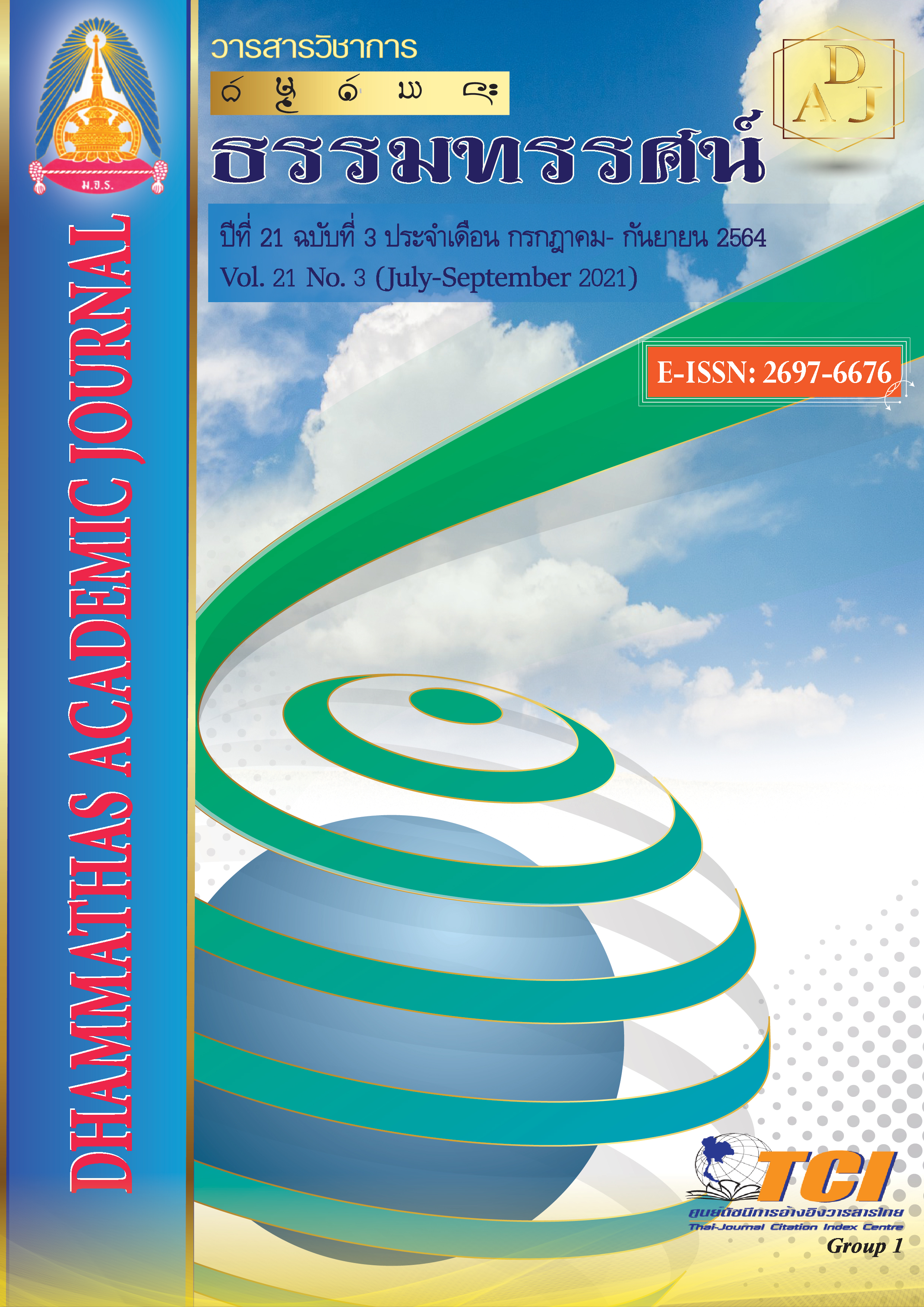The Contribution of the Lao People’s Revolutionary Youth Union to Social Development, Lao PDR
Main Article Content
Abstract
This research of objective to: 1) to assess the contributions of the LPRYU to social development between 2016-2020 and 2) to analyze the problems and obstacles and to provide suggestions of the LPRYU. This research is based on qualitative methods and purposive sampling used, there are two groups of key informants a total of 11 people as: 1) four administrators from the LPRYU; and 2) seven representative staffs from the LPRYU. Research tools are a questionnaire, in-depth interviews, and observations.
The result found:
1. Identified eight contributions of the LPRYU: 1) Contributions to educational ideas for juvenile and youth; 2) Contributions for improving and building the organization of the LPRYU; 3) Contributions to the youth process; 4) Contributions to juvenile work 5) Contributions to youth vocational development; 6) Contributions to the construction of facilities for the development of youth; 7) Contributions to cooperation with foreign countries; 8) Contributions to the results of the inspection of LPRYU.
2. In regard to obstacles and challenges of the LPRYU, the following points were identified: 1) The education work has not been carried out widely and does not match the target group of youths; 2) The organization of villagers and young students abroad in some places has not been guided by the movement as it should have 3) The youth organization system has not been strongly improved; 4) Some youth groups still underestimate the implementation of the law on the LPRYU. The suggestions: 1) seek guidance from the Board regularly to guide the implementation; 2) upgrade the organizational capacity, and guide the work of the Youth Union; 3) Strengthen the existing potential of the people at each level, including self-reliance, self-empowerment; 4) determine plans, programs, projects, activities of the LPRYU to be in line with the objectives of the development; 5) Raise the spirit of unity in the LPRYU at each level related to the activities of various processes in protecting the rights and legitimate interests of the youth.
Article Details
References
Corbin, J. and Strauss, A. (2008). Strategies for qualitative data analysis. Retrieved from https://methods.sagepub.com/book/basics-of-qualitative-research/n4.xml
Department of Youth Training. (2020). The legacy of the growth and development of the Lao People's Revolutionary Youth Union for 65 years under the banner of the party. Vientiane Capital: Lao Youth Union.
Government of New Brunswick Home. (2009). The Social Development. Retrieved from
https://www2.gnb.ca/content/gnb/en/departments/esic/overview/content/what_is_social_development.html
Keophilavong, S. (2017). Youth movement development in new conditions. (Master of Social Sciences in Social Development). Vientiane Capital: National University of Laos.
Lao People’s Revolutionary Youth Union. (2014). Adolescent and Youth Situation Analysis. Vientiane Capital: Lao Youth Union.
Lao People’s Revolutionary Youth Union. (2017). The Law of Lao Youth People's Revolutionary Union. Vientiane Capital: Noumlao Printings.
Ministry of Planning and Investment. (2016). 8th Five-year National Social-Economic Development plan (2016-2020). Chanthaburi: Vientiane capital.
Open Development Laos. (2019). SDG 4 Quality Education. Retrieved from https://laos.opendevelopmentmekong.net/topics/sdg-4-quality-education/
Party Central Committee Secretary. (2018). Resolution of Party Central Committee Secretary on the Administrative and operational of the Lao People’s Revolutionary Youth Union. Vientiane Capital.
Phomvihane, K. (1983). 1st National Youth Delegation General Meeting. Vientiane Capital: Lao Youth Newspaper Agency.
Sivilay, M. (2016). Needs of Vientiane secondary school students toward the youth educational training in the era of information technology. (Master of Social Sciences in Social Development). Vientiane Capital: National University of Laos.
World Bank. (2012). Laos-Social development assessment and strategy. Retrieved from https://agris.fao.org/agrissearch/search.do?recordID=US2012401640

